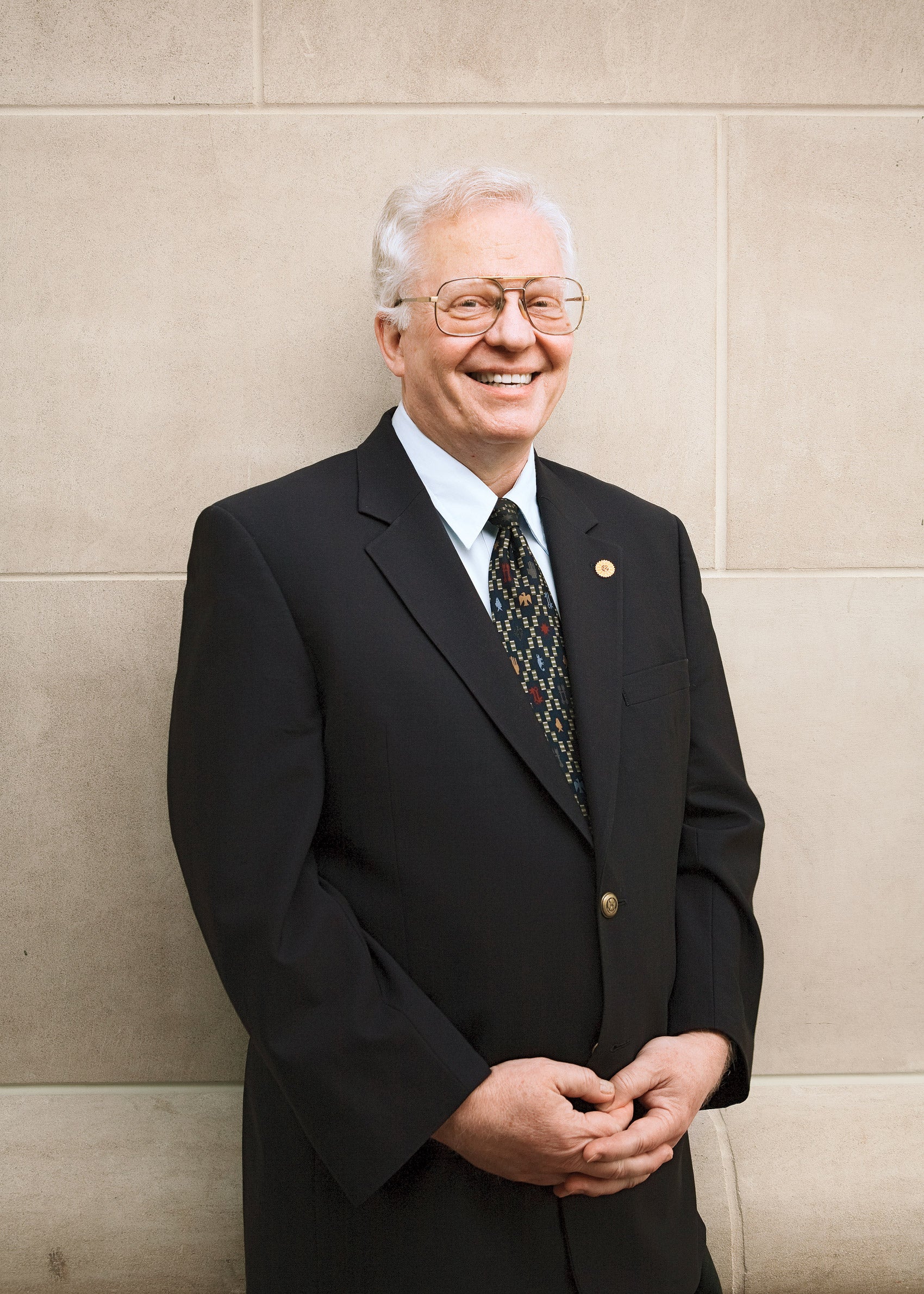Terry Martin, steward of a legacy, retires
By Sharon Hamby O’Connor ’78
Having Harry “Terry” Martin at the helm of the Harvard Law Library was a comfort and an inspiration not only for me, when I was director of the Boston College Law Library, but also for the other law library directors in New England and in the profession generally.
Terry upheld the best traditions of the law library while seeing clearly the future it moves toward. He knew the treasure that had been entrusted to him—the most comprehensive collection of legal materials in any academic library in the United States—and he took seriously the law school’s responsibility to preserve it and to share its richness with the world. Terry saw immediately how the digital age could make this sharing possible. Under his stewardship, the library’s resources became accessible worldwide via the catalog; its major treatise collections were digitized for access by scholars anywhere; and documents like those from the Nuremberg Trials became accessible online.
Terry’s most visible contribution to the law school was the renovation of Langdell, a renovation that returned the Reading Room to its historic grandeur. Bookcases that covered the floor-to-ceiling windows were removed, and natural light once again poured in. The Latin inscriptions were returned to their original locations on the walls; the ceiling was painstakingly restored. Even the creaky elevator into the stacks was preserved—the top of its cab, thanks to Terry’s ingenuity, now a stately coffee table in the Reading Room. The old is new again.
It was for the future, though, that the renovation was undertaken—the collections needed climate-controlled protection, and, most important, students needed easy access to the vast array of new electronic resources. Today the notion of power and data access at every library seat seems obvious—not so when the renovation was being planned, but Terry knew the impact electronic information would have on libraries and learning. He was determined that the library be technology-friendly and responsive to faculty and student needs. Everyone should find a place in the library to fit his or her learning style—so the renovation ensured choice: a table in the Reading Room, a quiet alcove in the stacks, a comfy chair in Lehmann Lounge or, Terry’s inspiration, even a beanbag chair, now a favorite type of seating in the library for study and, if truth be told, for the occasional nap.
For Terry, the professional was always personal. He maintained a deep connection to students—those he taught in Advanced Legal Research and later in his Art Law seminar. He was attentive especially to the needs of international students, serving for years on the Graduate Admissions Committee. For students facing disciplinary action, he strove for evenhandedness and understanding as a member of the Administrative Board.
He was similarly connected to the library’s staff—concerned about them personally and professionally. In addition to smart, farsighted and articulate, adjectives used by staff to describe Terry are kind, supportive and caring. There is not a better combination of characteristics in the profession of law librarianship—or in life.
